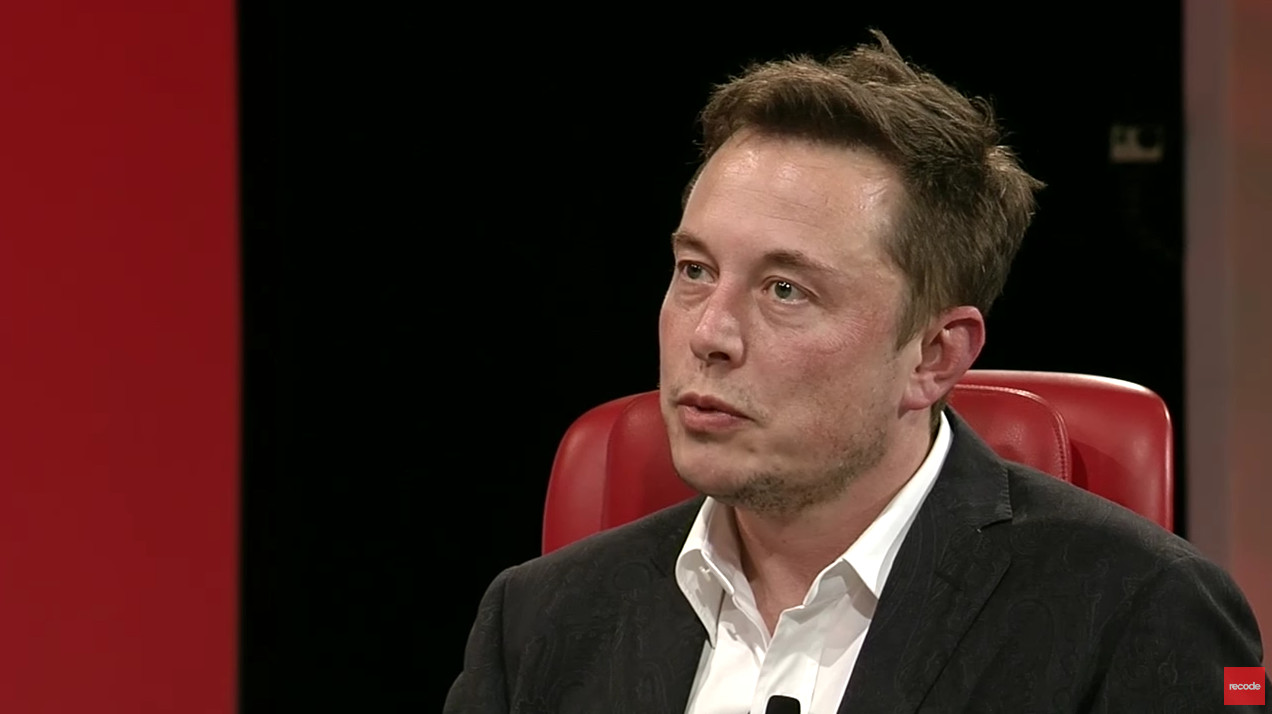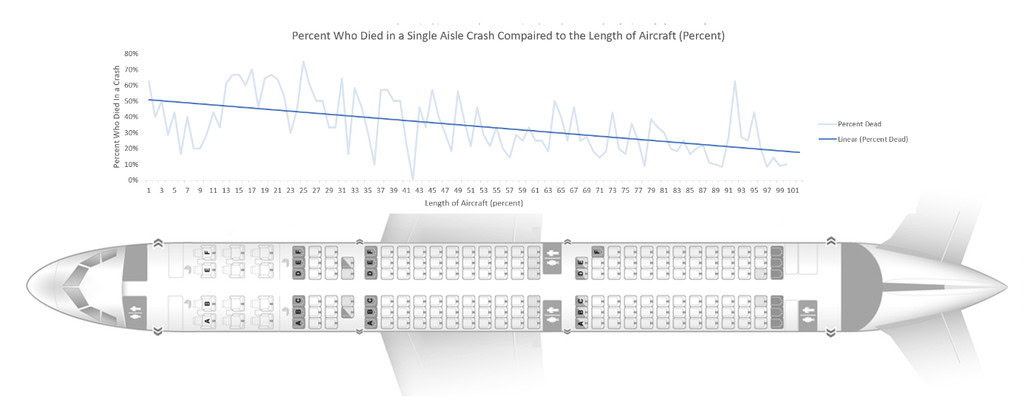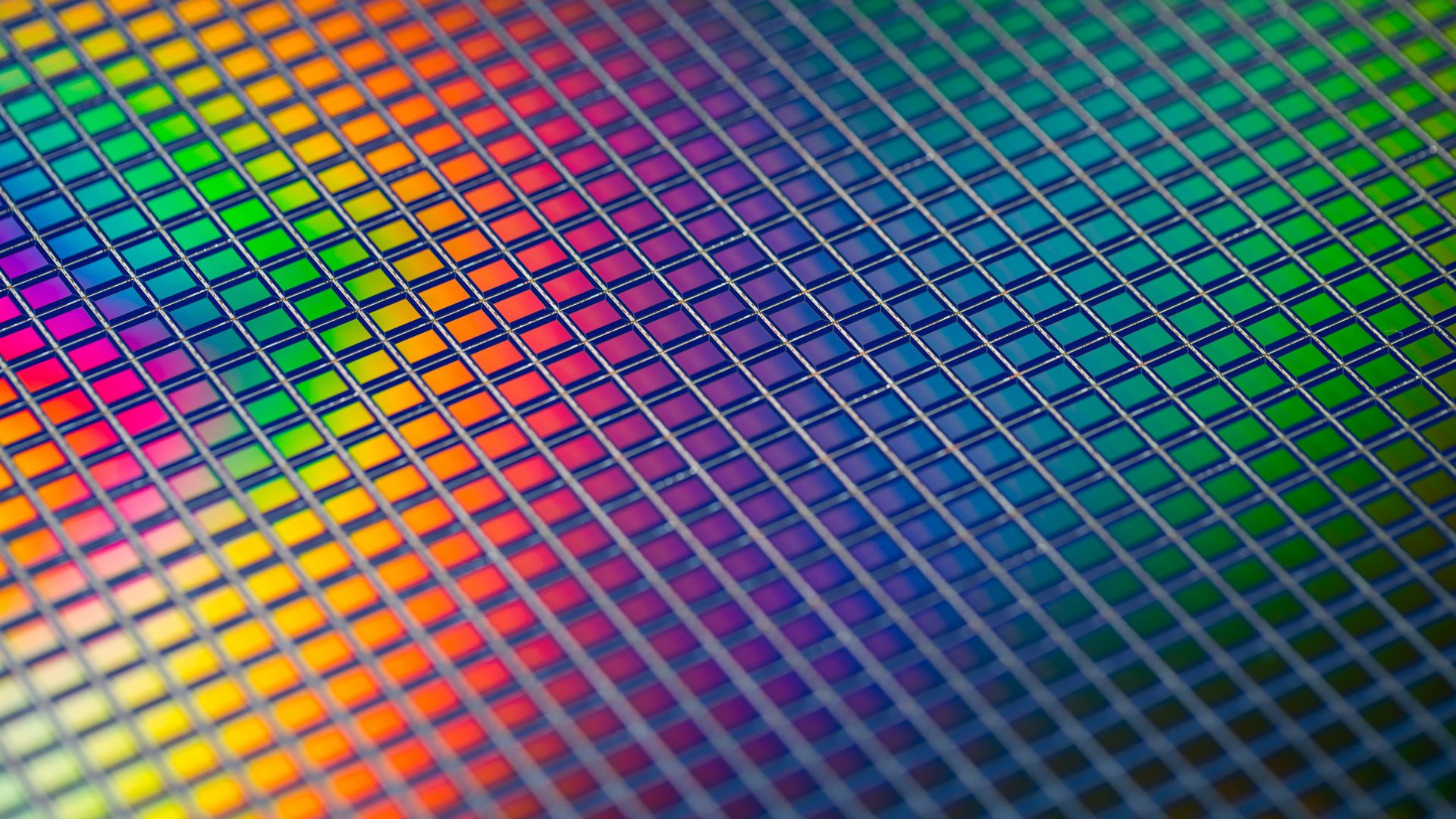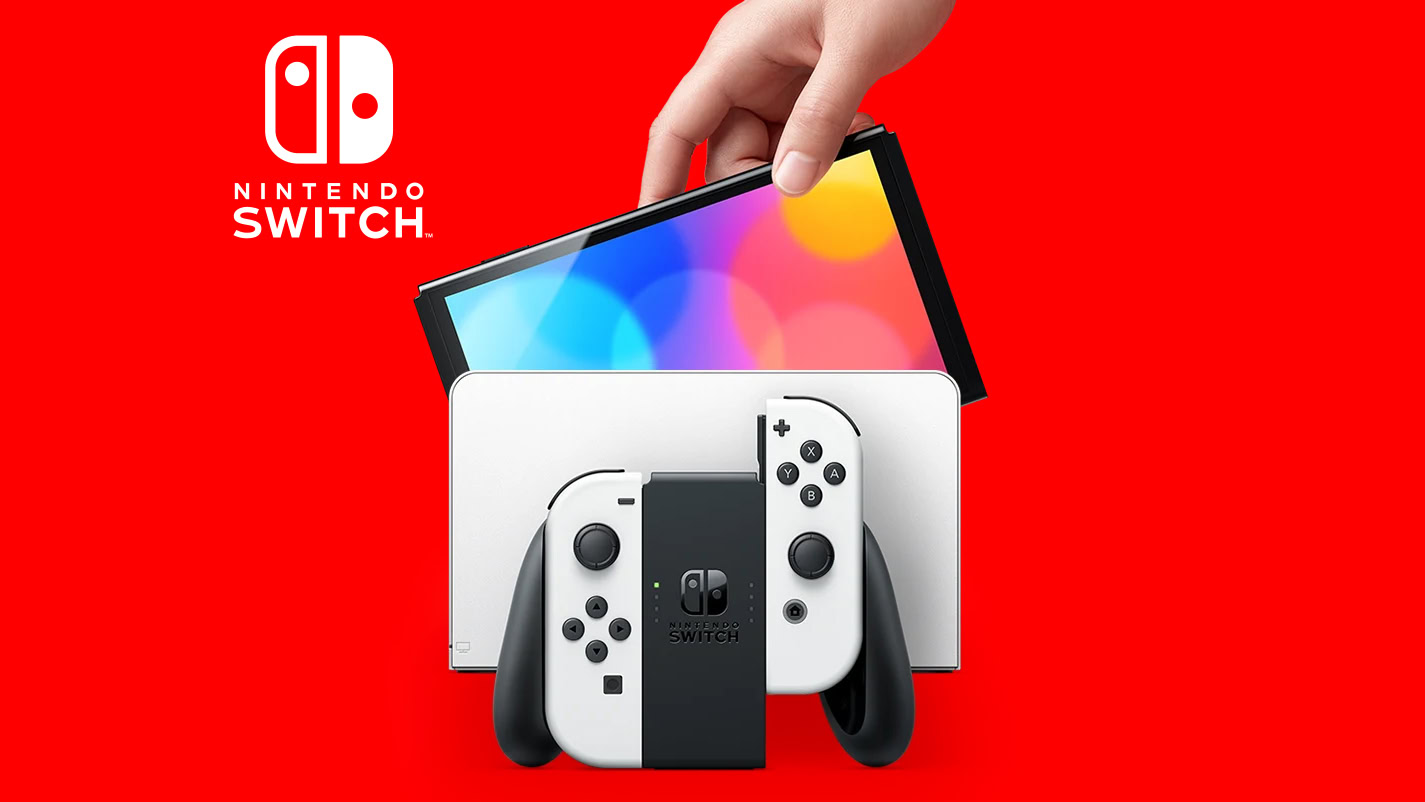Affiliate links on Android Authority may earn us a commission. Learn more.
☕ Good morning! Quick programming note that I'm away for the next week, with the capable Nick Fernandez stepping in to dissect, digest, and deliver your Daily Authority on what's happening in the world of tech!

So here we are. The duality of Elon Musk that we know and love/dislike is ever-present in Tesla and Musk’s insistence that his well-regarded EVs will be fully self-driving.
- You have to love his confidence in technology, the promise of a better future where cars really do self-drive
- You have to be, at least, extremely skeptical about any promise with technology we have today.
The problem is always that the real world is strange. Roads are never normal. Add in weather, pedestrians, animals, other drivers, signs, signals, any of which could be crazier than the next, and it’s a pretty hard challenge.
- Yet Musk has continually promised much more than we’ve got: Musk had previously said his cars would be fully self-driving by 2018. He was wrong in 2015, and followed up in 2016 by saying “I really consider autonomous driving a solved problem.”
- He was at least “two years away” in 2016, and in 2017. In 2019 he insisted all the hardware and data capture was there, it was just a software problem.
- The amazing “robotaxi” idea was meant for 2020, but as is common, Musk blamed regulators.
- It’s now 2021.
- In the elapsed time, a bunch of people have crashed or had issues because when Tesla’s assisted driving program Autopilot is engaged, it can lull you into a false sense of security. It can’t handle edge cases, and as the ever-active @greentheonly continues to show on Twitter, strange things in normal situations do happen.
- The evidence compared to Musk’s promises is pretty one-sided.
- At this point, you either have to just accept that ol’ Musky is, maybe, just maybe, a serial liar/marketer/misguided genius, depending on your view.
- Or, less egregiously, but still compellingly wrong, he really earnestly and completely believes in himself, his team, and his cars.
- And being generous, it’s not like Musk was the only one to be extremely hopeful about autonomous driving: Lyft, GM, Toyota and many more all said they were trying for 2020 or 2021.
- Though most qualified their thoughts with hopes, expectations, and words like: “I’d be quite surprised if it hadn’t happened by [2020],” before walking it back as the problem proved to be expensive, and difficult.
Musk’s only admitting it now:
- In response to a lighthearted tweet making fun of Musk continually promising Tesla’s FSD beta would be released in “two weeks,” he tweeted:
- “Haha, FSD 9 beta is shipping soon, I swear! Generalized self-driving is a hard problem, as it requires solving a large part of real-world AI. Didn’t expect it to be so hard, but the difficulty is obvious in retrospect. Nothing has more degrees of freedom than reality.”
- …there’s no possible way that Musk is just now realizing that self-driving cars are a “hard problem.” Real-world AI is not even close to functional; a generation away, if ever.
- But admitting it now is …interesting.
- The wider industry hopes for competence by 2025(Bloomberg), and perhaps a substantial amount of self-driving by 2030.
- At least Waymo has robotaxis on suburban roads, though also with, at times, substantial problems.
- Which is fine, because Waymo keeps a lid on expectations, and just drives around vehicles you can’t buy with a fleet of sensors, burning billions of VC cash along the way. If it does work, it’ll all be worth it for those ambitious VC funds at vast multiples of the costs.
- The point of Elon Musk’s promises is that he knows how valuable this will be. It’s “just” that tiny, teeny little software “problem” that he needs to solve.
📸 ZTE’s second-generation under-display camera phone could arrive soon, and you’d hope for a big step in camera quality… (Android Authority).
📶 Nokia might release a long-awaited 5G flagship smartphone later this year (Android Authority).
📁Another leak points to cheaper price for Samsung Galaxy Z Flip 3 (Android Authority).
⛔ Has Samsung canceled a more affordable foldable phone? (Android Authority).
⌚ Samsung to end app support for its first Android smartwatch, eight years later (Android Authority).
🎤 Audacity sparks uproar over new data collection policy, as a great open-source champion falls into the hands of capitalism (Engadget).
👍 The Windows 11 app store is already more useful after just a week (The Verge).
📦 Andy Jassy officially takes over as Amazon CEO from Jeff Bezos (The Verge).
⛔ China’s crackdown on Didi is a reminder that Beijing is in charge (NY Times, a free link for Daily Authority subscribers 🎁!).
🎱 Custom magic 8-Ball answers just one morbid question: How you’re going to die (Gizmodo).
🚁 NASA Mars helicopter pulls off ‘most nerve-wracking flight since Flight 1’ (CNET).
💌 Bumble is opening a restaurant to help people date IRL again (Engadget).
⛏ Did lead poisoning cause downfall of Roman Empire? The jury is still out (Ars Technica).
🚗 “The Changli at one: How the cheapest new car in the world held up over its first year,” which is non-terrible, even after it was used “on a shockingly regular basis.” I love this thing, from afar. (Jalopnik).
🌋 “What is a mud volcano? How often do they ignite when they erupt?” (r/askscience).
As US airlines expect passenger numbers to be close to normal within a matter of months (NY Times, free link) and European numbers take off again, this chart popped up some insight into: where is the safest place to sit in an airplane crash? (r/dataisbeautiful).

- An aerospace engineer summarised some answers, including noting that it doesn’t matter which type of aircraft we’re talking about really, from a 747 to a 777, it’s the same sort of fuselage.
- It’s pretty frank: “Most impacts are going to be nose-first. If you have a few hundred people and 2/3 of a plane to act as a crumple zone, you’re a lot less likely to die. Of the remaining crashes, the tail’s typically hitting first, which is why there’s the spike at the very back. Since the tail happens LESS often, the weighting is more towards the back.”
- What it means for us passengers: people in first-class get on and off faster, there’s less noise, and a bit smoother, and so on. But it’s those a row or two from the very back who might have to battle smoke monsters (YouTube).
Catch you next week,
Tristan Rayner, Senior Editor

